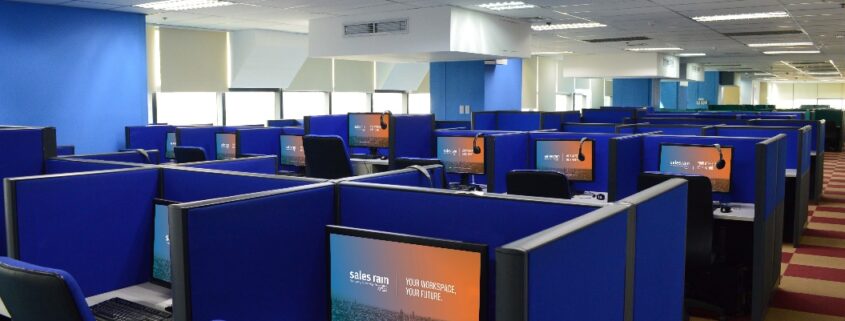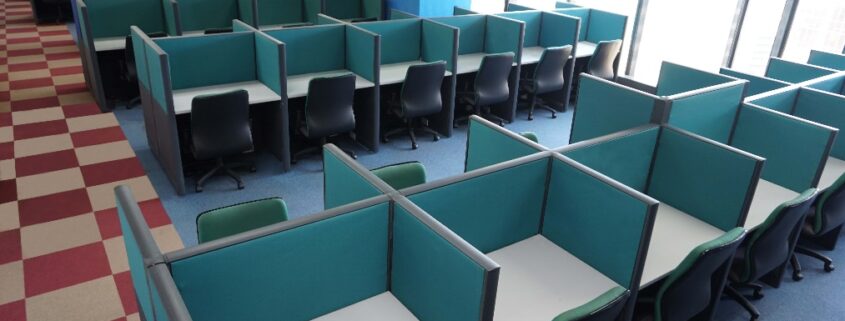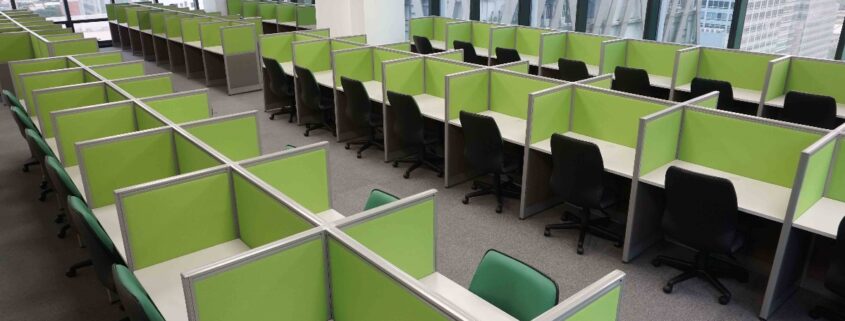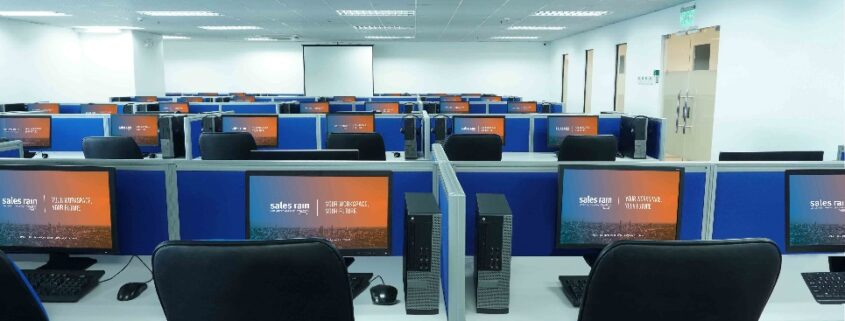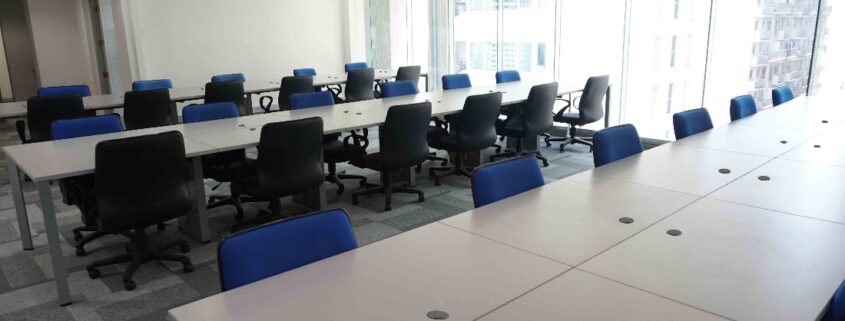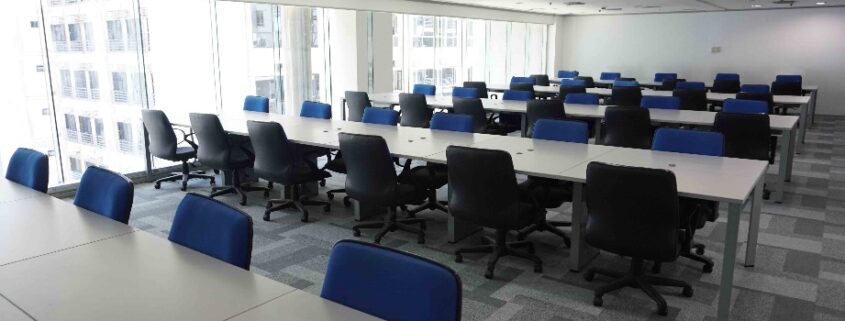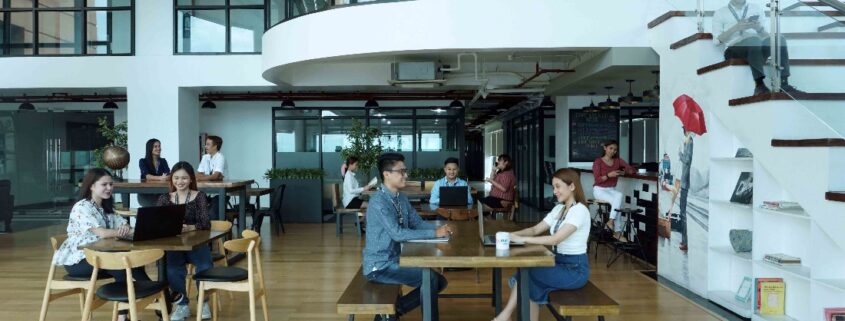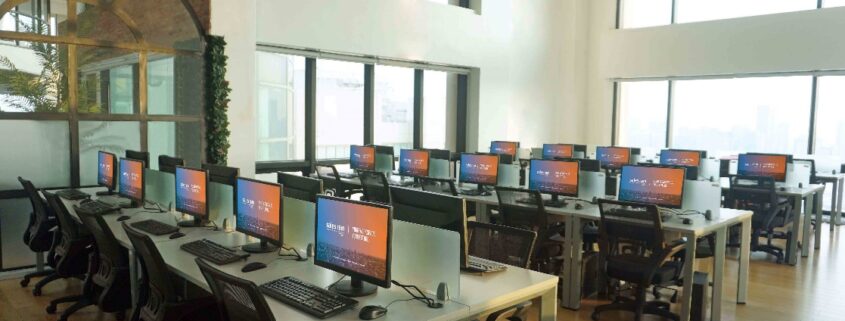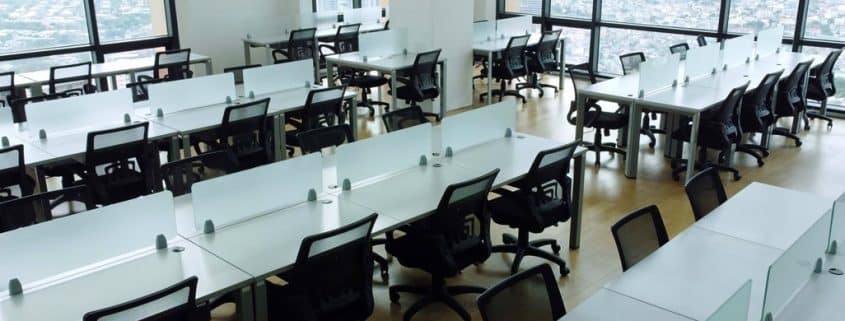Virtual Office Rental – The Ideal Business Solution in a Stressed Global Economy
The global economy is gradually recovering from the big blow of the pandemic. The stressful conditions reflect on businesses and companies of all sizes. Hence, companies, entrepreneurs, and freelancers often look for specific options to trim expenses and survive these stressed economic conditions.
In this scenario, a virtual office rental space can be one of the best resources to trim the overhead costs related to maintaining a commercial space, infrastructure, etc. Now that we have exclusive work-from-home facilities due to the introduction of advanced technologies and unified communication (UC) platforms, virtual office space is enough to meet daily business requirements.
Here is how a virtual office space can be the best solution during a stressed global economy.
Reasons for finding a business in the Philippines
-
Zero overheads
Virtual office space is a service that top commercial space owners in leading business districts provide. It means almost everything a modern office must have will be there. Hence, it will fall in a package chosen by a renter. The service provider will take care of office supplies, furniture, IT support, plumbing, equipment, hardware, etc.
-
Cost-efficient decision
An owned commercial space can be a financial burden when the economic condition needs to improve. Moreover, SMEs and startups will also find renting an office space financially stressful. A virtual office rental space can be a cost-efficient decision. You pay only for the services you choose. There is no need to arrange infrastructure from scratch either.
-
Professional service
Virtual office spaces are always in a commercial complex. It means the service provider will deliver professionalism at all levels.
-
Professionalism from the business angle
Startups, freelancers and SMEs will need an up-market address to impress clients. To have it, they will not have to spend a fortune anymore. Without compromising your business image, choose a co-working or virtual office space in top locations and add more value to your business image.
-
Commute time
Another reason to rent a virtual office space is to reduce commute time. Business districts usually comprise virtual office spaces built in and around metro cities. Hence, commute and other facilities will always be there to add to your convenience list.
6. Flexible work timings
You or the employees can visit the workplace only when needed. It is a virtual space, and you can set it accordingly. Moreover, a virtual office rental space is open for renters all the time. You can walk in during office hours any day and work as per your wish.
7. Flexible packages
The packages designed by the service provider are flexible and can be customized. It means you can change your requirements based on your contemporary situation.
In a nutshell
These advantages of virtual office space are ideal for stressed economic conditions. The best part is renting an office space and working from the next day without delay. Choose an office address to impress your clients without financial burden.
Check out our multiple sites and book a personalized tour! Contact us at https://salesrain.com/contact-us/.

